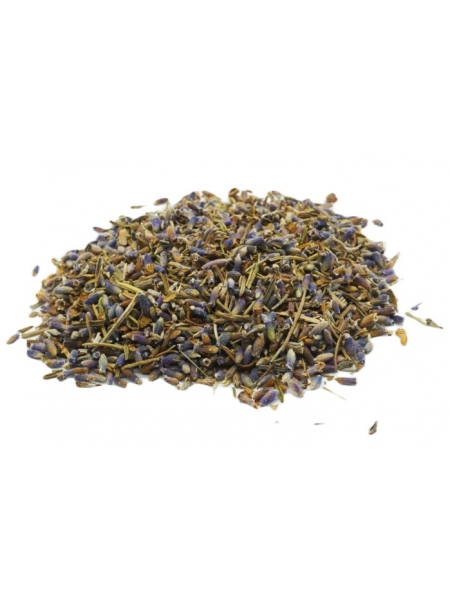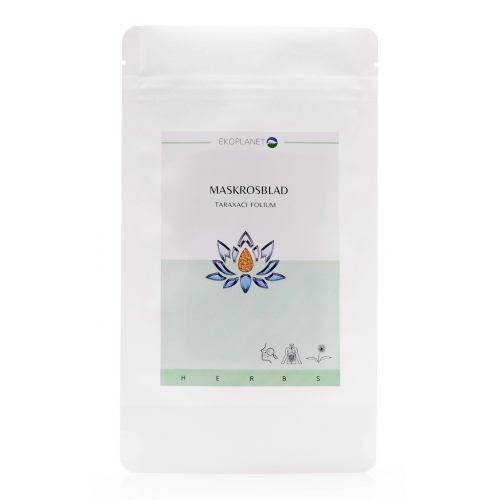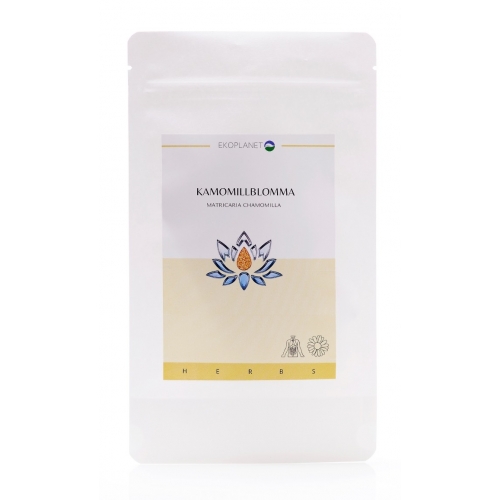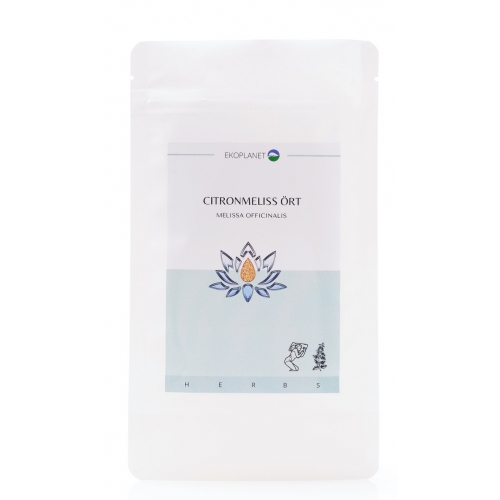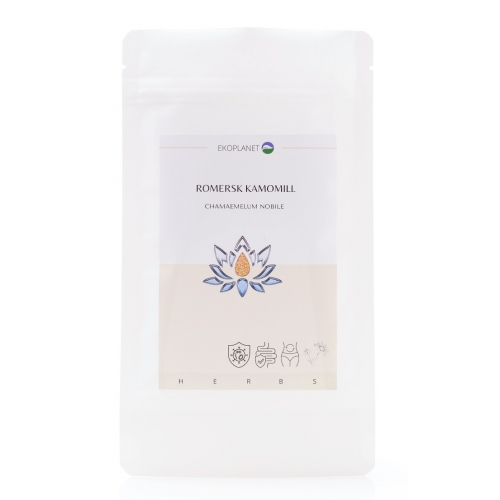Lavender flower- Lavandula L. 100g
Lavender flower (Lavandula L.) is a semi-shrub with a wonderful fragrance, the plant is rich in essential substances and is popular for use in relaxing teas drunk in the evening to unwind after a stressful day.
Comparative price: SEK 690/kg
Lavender occurrence
Lavender is a perennial, belongs to the family of flowering plants (Lamiaceae). The plant is a semi-bush that grows to about 50-100 centimeters high. Lavender blooms during the height of summer and into autumn with blue-violet (also white and pink) flowers that sit in wreaths in shoulder-like, top-mounted, long-stemmed flower clusters.
The species belongs to the Mediterranean area. The largest cultivations are in France, Hungary and Spain. Cultivated also in Sweden, but sometimes a wild species can be found in southern Sweden. The herb has been cultivated in our country since the 15th century. In Europe, the plant spread with monks who have grown it in their monastery gardens ever since.
The genus name Lavandula comes from the Latin lavare (to wash), lavandum (to wash). The name is medieval and refers to its use in the bath. The species name angustifolia means narrow-leaved and comes from the Latin angustus (narrow) and folium (leaf). Lavender is formerly known under the names Lavandula officinalis and Lavandula vera.
What is lavender good for?
The lavender flower is valued for its lovely fragrance and its rich content of essential substances such as camphor, mild Lamiaceae tannins (especially rosmarinic acid) as well as coumarin and flavonoids, but also esters - mainly linalyl acetate, as well as greniol, l-linole, limenge and some ceineol.
Dried flowers emit a clean, good and long-lasting fragrance. Both leaves and flowers contain essential oil, however, the fragrance differs between them.
The flowers were already used in antiquity as a perfume and additive in the washing water. The Romans used lavender in their baths. In the beauty industry, the herb is used for skin and face water for sensitive skin, it stimulates cell growth and is good against pimples. Scented sachets of lavender are also popular, you can put them in wardrobes and linen cupboards to give textiles a lovely scent.
Infusion of lavender flowers is also good for the body after a stressful day. Tea can be drunk in the evening to unwind, if the taste becomes too strong, you can advantageously combine lavender with other herbs, for example chamomile flower.
Lavender side effects
When drinking lavender infusion, we should remember the risk of overdose of the herb. Too large doses irritate the kidneys and digestive system. An overdose of lavender is also possible when the plant is used externally, for example in the form of oil. Side effects include extensive redness and local skin irritations. Contraindications to the use of lavender are pregnancy, stomach, intestinal, liver and kidney diseases.
Ingredients: dried lavender flowers (Lavandulae flos)
Dosage: 1-2 teaspoons of herbs per cup of boiling water. Brew 5-10 min. under the lid.
Storage: Protect from light. Store in a dry, cool place.
Country of origin: EU
ATTENTION!
Excessive doses of lavender irritate the kidneys and digestive system. An overdose of lavender is also possible when the plant is used externally, for example in the form of oil. Side effects include extensive redness and local skin irritations. Contraindications to the use of lavender are pregnancy, stomach, intestinal, liver and kidney diseases.


